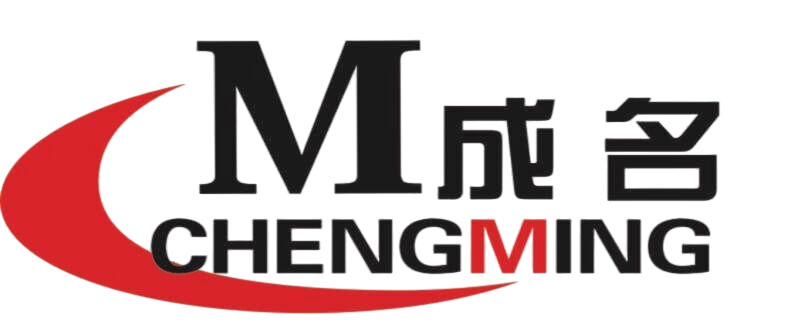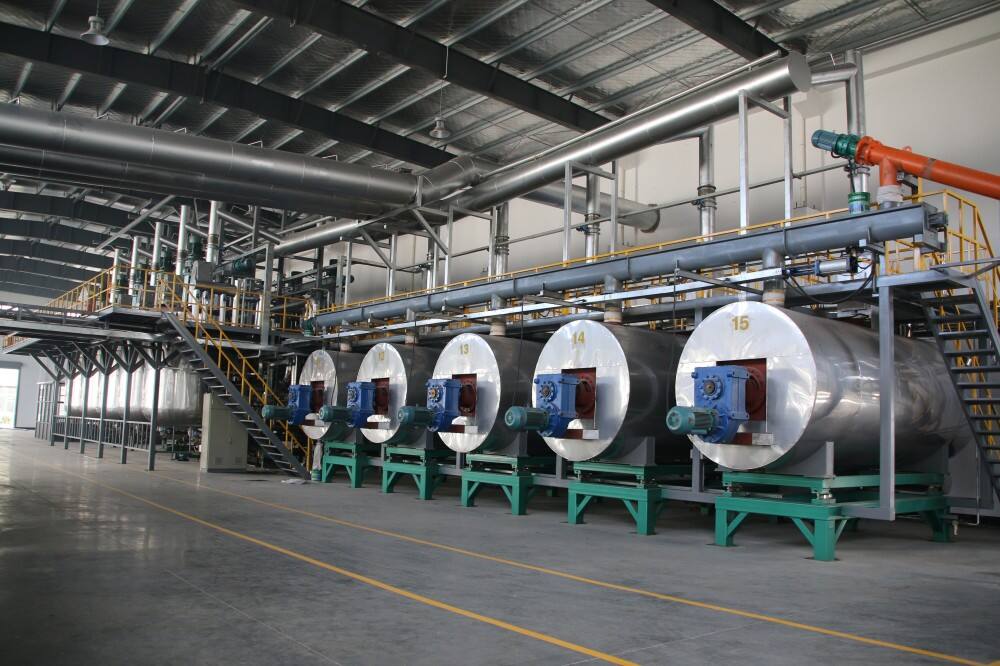Advanced Technology in Modern Membrane Manufacturing
The integrity of release liners stands as a critical factor in self adhesive membrane production line operations. Manufacturing facilities worldwide recognize that preventing release-liner tears is not just about maintaining product quality – it's about ensuring operational efficiency and minimizing waste. Modern production lines incorporate sophisticated systems and precise controls to protect these essential components throughout the manufacturing process.
Core Components of Release Liner Protection
Tension Control Systems
At the heart of every self adhesive membrane production line lies an advanced tension control system. These systems utilize load cells and electronic controllers to maintain optimal tension throughout the entire production process. By continuously monitoring and adjusting web tension, the system prevents sudden stress peaks that could lead to liner damage.
Modern tension control mechanisms employ dynamic adjustment algorithms that respond in real-time to changes in material properties and production speeds. This adaptive approach ensures consistent tension even during acceleration and deceleration phases, protecting the release liner from potential stress-induced tears.
Strategic Roller Configuration
The arrangement and specification of rollers play a crucial role in preserving release liner integrity. A self adhesive membrane production line typically features precision-engineered rollers with specialized surface treatments and geometries. These design elements help distribute pressure evenly across the web width, eliminating potential stress points that could initiate tears.
Advanced roller systems incorporate anti-static treatments and temperature control mechanisms to prevent static buildup and thermal stress, both of which can contribute to liner damage. The strategic positioning of idler rollers also helps maintain proper web alignment throughout the production process.
Material Handling Innovations
Automated Feed Systems
Modern production lines utilize sophisticated automated feed systems to ensure smooth material introduction. These systems carefully control the unwinding process, preventing jerky movements or sudden tension changes that could stress the release liner. Servo-driven unwind stands work in harmony with tension control systems to maintain consistent material feed rates.
The integration of advanced sensors monitors material alignment and automatically corrects any deviations before they can cause problems. This proactive approach significantly reduces the risk of release liner damage during the initial stages of production.
Environmental Controls
The production environment itself plays a vital role in preventing release liner tears. A well-designed self adhesive membrane production line incorporates comprehensive environmental control systems. These systems regulate temperature, humidity, and air quality to maintain optimal conditions for material handling.
Climate control systems work to prevent moisture-related issues that can weaken release liners, while air filtration systems remove particulates that could cause surface imperfections or mechanical damage. Maintaining consistent environmental conditions helps ensure material stability throughout the production process.
Quality Monitoring Systems
Vision Inspection Technology
Advanced vision systems equipped with high-resolution cameras continuously monitor the production process. These systems can detect early signs of potential release liner issues, allowing for immediate intervention before tears occur. Modern inspection technology can identify subtle variations in material properties or alignment that might lead to problems downstream.
Machine learning algorithms analyze real-time data from these vision systems, helping to predict and prevent potential failures before they occur. This predictive maintenance approach has revolutionized quality control in self adhesive membrane production.
Data Analytics Integration
Modern production lines incorporate comprehensive data collection and analysis systems. These systems track multiple production parameters simultaneously, providing valuable insights into process optimization and potential problem areas. Real-time analytics help operators maintain optimal production conditions and identify trends that might indicate developing issues.
The integration of Industry 4.0 principles allows for continuous process improvement through data-driven decision making. This analytical approach helps refinement of production parameters to minimize the risk of release liner damage.
Maintenance and Prevention Protocols
Regular Equipment Assessment
Systematic maintenance procedures are essential for preventing release liner tears in a self adhesive membrane production line. Regular inspection and calibration of tension control systems, rollers, and other critical components ensure consistent performance. Preventive maintenance schedules are carefully designed to address potential issues before they impact production.
Advanced diagnostic tools help maintenance teams identify wear patterns and potential failure points early. This proactive approach to equipment maintenance significantly reduces the risk of unexpected issues that could lead to release liner damage.
Operator Training Programs
Comprehensive operator training programs are crucial for preventing release liner tears. These programs focus on understanding material properties, recognizing early warning signs of potential problems, and implementing appropriate corrective actions. Regular skill updates ensure operators remain current with the latest production techniques and technology developments.
Simulation-based training allows operators to practice handling various scenarios without risking actual production materials. This hands-on experience proves invaluable in maintaining optimal production conditions and preventing material damage.
Frequently Asked Questions
What causes release liner tears in membrane production?
Release liner tears typically result from improper tension control, misaligned rollers, sudden speed changes, or environmental factors such as temperature and humidity fluctuations. Static electricity buildup and mechanical stress points can also contribute to liner damage.
How often should tension control systems be calibrated?
Tension control systems in a self adhesive membrane production line should undergo calibration checks at least monthly, with full calibration performed quarterly or whenever significant variations in production quality are observed. Regular monitoring and adjustment ensure optimal performance.
What role does speed control play in preventing liner tears?
Speed control is crucial in preventing release liner tears as it helps maintain consistent tension throughout the production process. Gradual acceleration and deceleration, along with synchronized speed control across different sections of the production line, minimize stress on the release liner material.
How can environmental factors be optimized to protect release liners?
Maintaining stable temperature (typically between 20-25°C) and relative humidity (45-55%) helps prevent material stress and ensures consistent release liner performance. Additionally, proper air filtration and regular cleaning of production equipment minimize contamination-related issues.

